The word geomorphology, arising from the Greek words for Earth, form and science, means the study of landforms composing a landscape, of their creation, evolution, and destruction, and of the processes that shape them. The Earth’s surface is the meeting point of the solid earth and the atmosphere and provides the habitat for all life. As such, it is the stage on which a diverse multitude of natural processes interact to shape the environment for all socio-economic activity.
Since the foundation of the Geomorphology section in August 2012, our scientists ask a broad range of questions, spanning scales in time and space from the impact of a pebble on the river bed to the evolution of a whole mountain belt. We follow an interdisciplinary research strategy to address outstanding and emerging challenges in the Earth surface sciences including:
- the role of erosion in the draw down of CO2 into geological storage
- landscape response to climate change
- prediction and early warning of multiple, coupled natural hazards
- and the feedbacks between physical, chemical and biological processes at Earth’s surface

Surface Processes, Tectonics and Georesources: The Andean Foreland Basin of Argentina
An international virtual campus devoted to source-to-sink studies in the north-western and central Argentine Andes and foreland basin, fostering an exchange and mobility program that transcends traditional disciplinary boundaries. StRATEGy



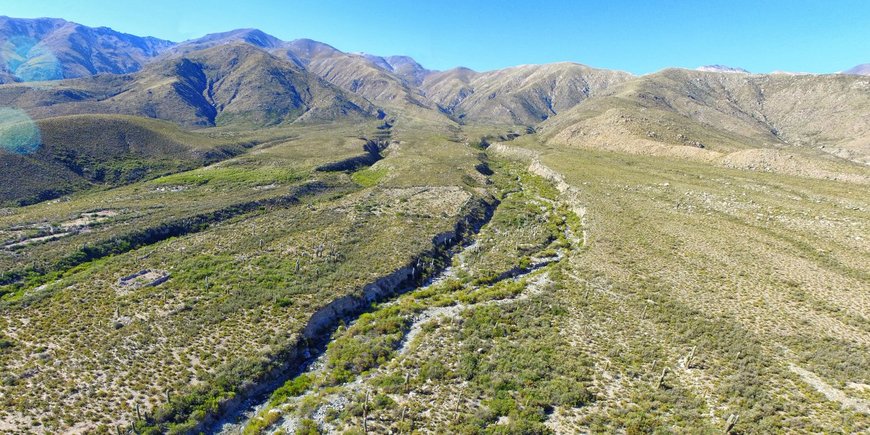
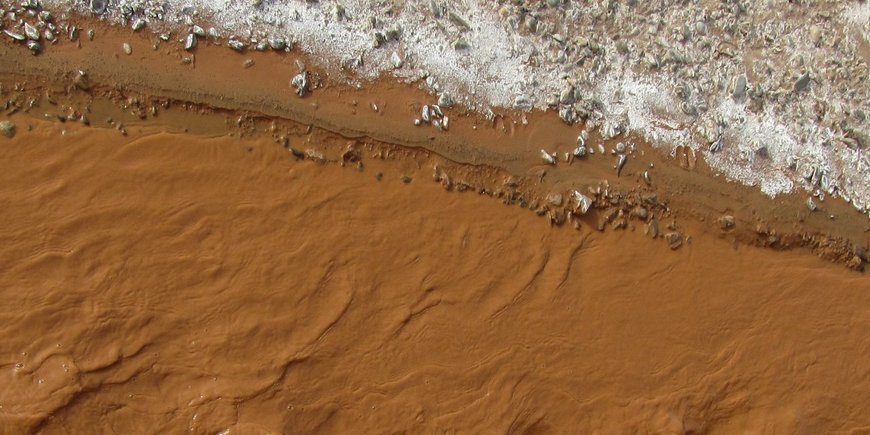
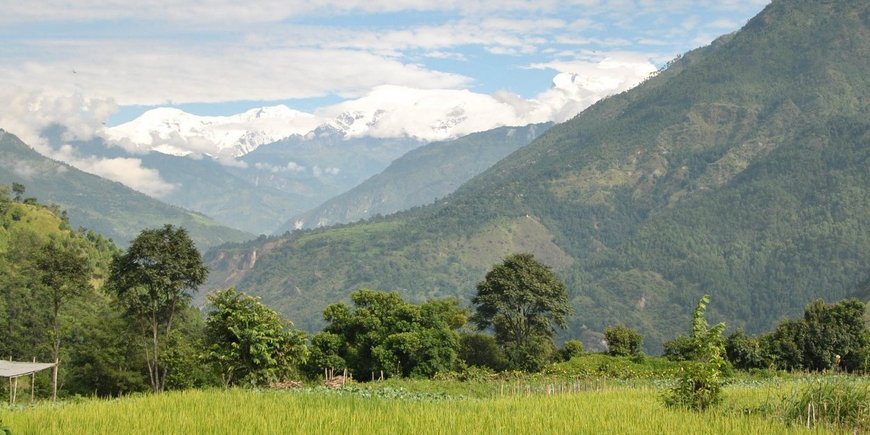



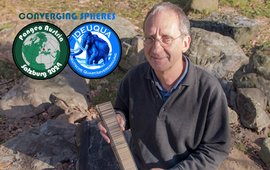

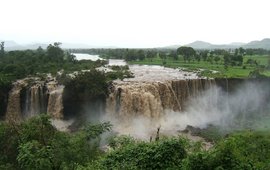
![[Translate to English:] [Translate to English:] Totes Meer gesehen von einem Hügel am Ufer](/fileadmin/_processed_/0/f/csm_20240612-web_AdobeStock_151245578_521be7a1f7.jpeg)
![[Translate to English:] Lecture room at GFZ with participants](/fileadmin/_processed_/a/9/csm_P1140796__002__4d8b1f9c8b.jpeg)
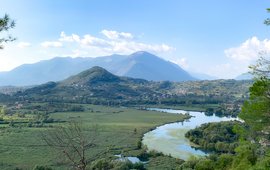




![[Translate to English:] shirt, grey patterned jacket and black glasses in front of grey wall](/fileadmin/_processed_/1/3/csm_Sachse-Dirk_Kachel_7f2df56577.jpeg)





